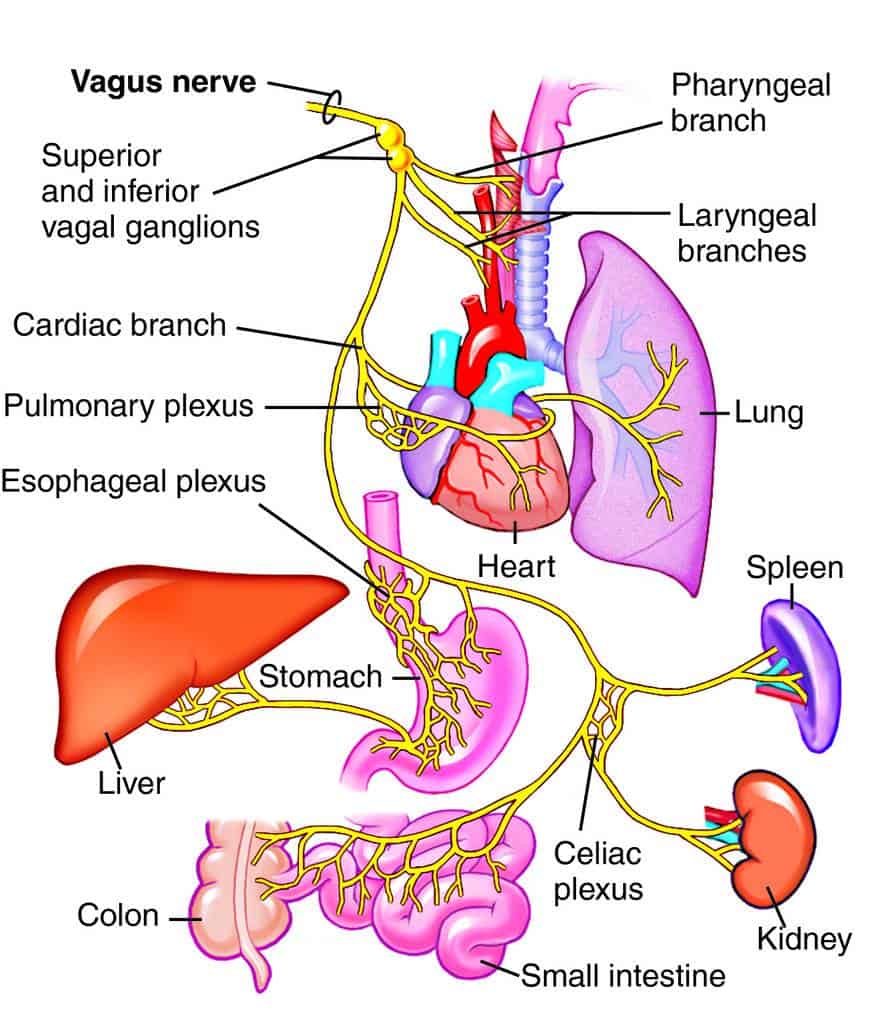(With thanks to the Australian Childhood Foundation for the opportunity to present this at their 2018 International Trauma Conference in Melbourne)
This 22-min presentation covers my take (at the time) on topics including:
– trauma as a verb – trauma symptoms as signs of ‘active activation’ of ANS defensive responses
– how diagrams of the window of tolerance lead to 3 key misperceptions about the ANS that affect how we perceive & ‘treat’ arousal, shut down & our optimal state
– the misnomer of ‘hypo’ arousal – hypo-arousal as a more activated/defended/heightened state of the ANS than ‘arousal’
– parasympathetic arousal – moving out of immobility through arousal towards a more ventral vagal parasympathetic state
– completing the full trauma cycle – the defence response & the recovery response – both as subcortical process organised by the innate wisdom of the body
– the pathologisation of shakes & tremors in the DSMV
– panic attacks v’s panic discharges
– research, evidence, experience & observation of neurogenic movement
– the use of neurogenic movement in traditional cultures
– the use of neurogenic movement in western therapies
– empowering global self-care through TRE
– 3 key benefits of experiencing neurogenic movement
– the potential to train police & military to ‘switch off’ hyper-vigilance using neurogenic tremors
– how using neurogenic movement helps build resilience for therapists & clients
– ‘being moved’ beyond a stress release, trauma recovery & resilience building mentality into ANS states of vitality, growth, creativity & flow
Please share as widely as you deem appropriate in the hope it may find its way to all those who might benefit from it.

